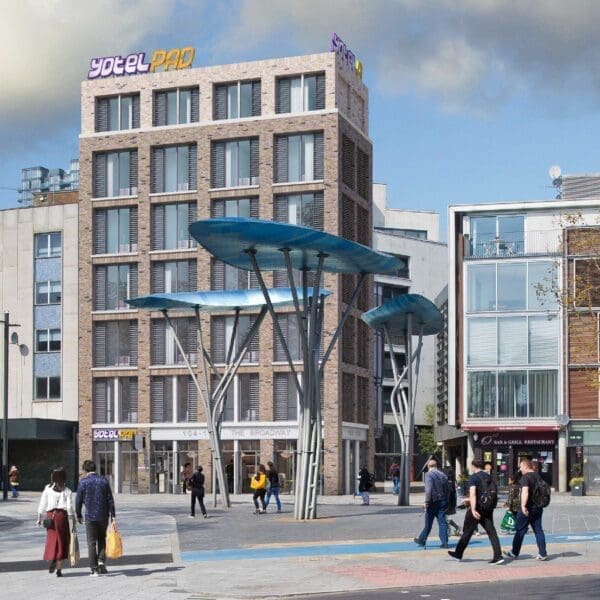| For Mainland China, the lowest occupancy month during the SARS outbreak was May 2003 at 18%. At the same time, ADR was at CNY518. Then by August, after containment, occupancy was back up to 67% and ADR was at CNY552. From an ADR perspective, Mainland China reported just three months of declines in April, May and June of 2003.
Beijing was one of the severely infected areas and the last Mainland China city removed from the list of areas with local transmission (24 June 2003). Occupancy fell to as low as 10% in May then recovered back to 52% in July, 65% in August and 72% in September. Advertisements  Performance in Guangdong, where the SARS outbreak originated, fell in April 2003 and continued until the World Health Organization removed its travel alert at the end of May. The organization then removed Guangdong from the list of areas with local transmission on 13 June, and the market quickly bounced back and showed occupancy of 56% in July.
Hong Kong was removed from the list 10 days later, and occupancy jumped to the 60% level in July then to 75% in August.
Shanghai, Chengdu and Chongqing were not under the spotlight during the SARS outbreak, but were significantly affected. After hitting a low occupancy point in May, occupancy for each was back to the 60% level in July. |





















